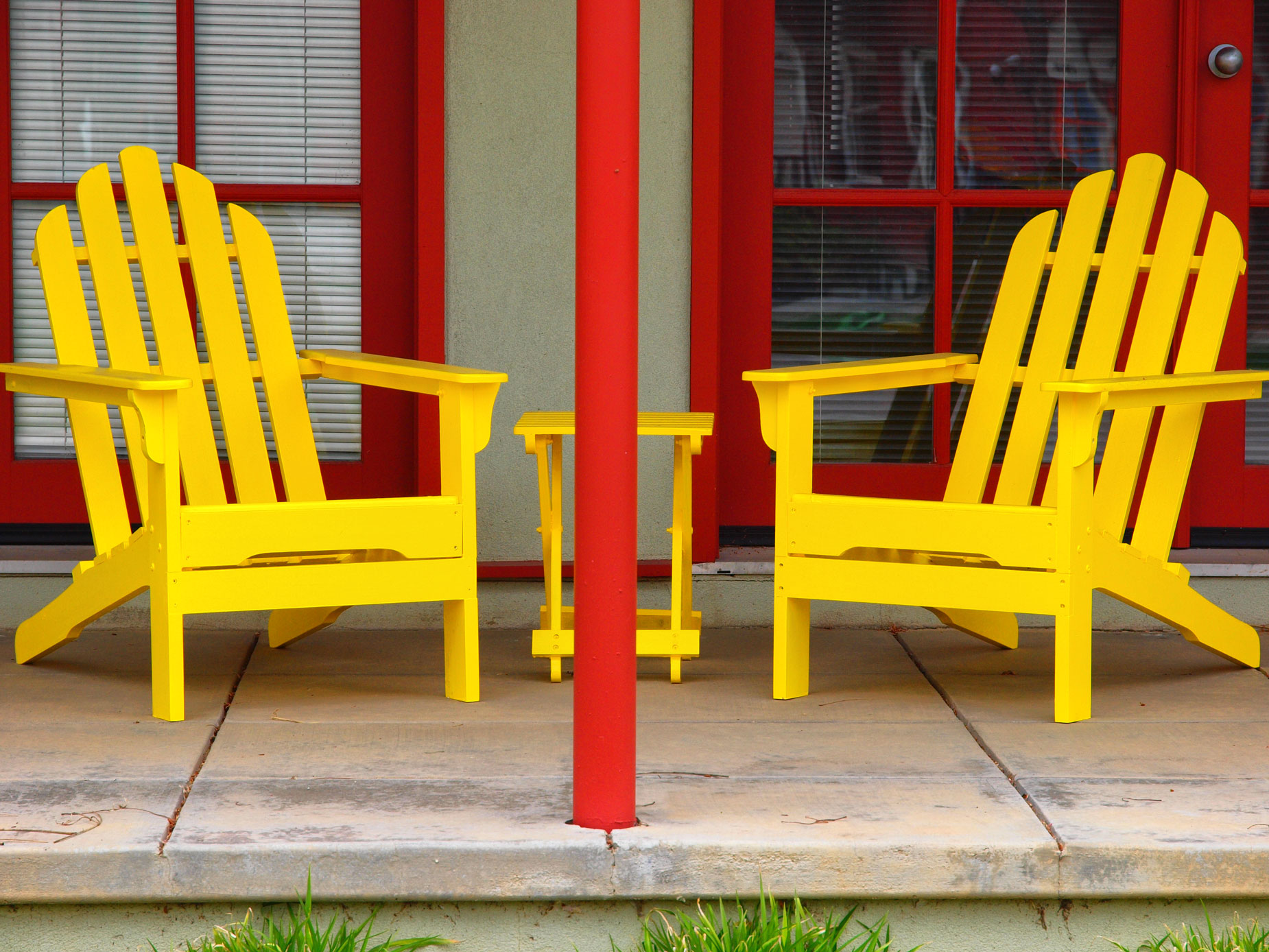I was having coffee with professional photographer and all around good guy Barry Staver last week and we were talking about the new Panasonic Lumix GH7. Right now, the GH6 may be slightly less expensive but word on the street is that while it’s a superb video camera, the GH5 Mark II or G9 Mark II are better for shooting still images. Then there is the GH7’s size: the full-frame Lumix S5 II is 4.1mm narrower but 2mm taller than Lumix GH7. The S5 II is 9.5mm thinner than the GH7 and weighs weights 65 grams ( 2.29 oz) less than the GH7. With that in mind…
Today’s Post by Joe Farace
“The day on which you decide not to question what you believe, is the day that you start making excuses for why you believe it.” ― An Echo of Things to Come
Maybe a better quote than the one that’s just above would be one from Forrest Gump: “Stupid is as stupid does.” That pretty much describes me when it comes to some of my decisions about file formats that I discussed yesterday but also and more belatedly about aspect ratios. I’ve written about this topic before, but perhaps it took a long time for all of the details and implications of that subject to sink in.
Back to Basics
I think the kind of camera you use and the way you use can determine the format or shape of the final image. You need look no further than the hundreds maybe thousands of YouTube videos shot using a vertical format—the shape of a smartphone—despite the fact that every TV show or movie the person who shot that video has ever seen is horizontal.
Back in the film days when I got my first medium format camera, a Mamiya C33 TLR, it made photographs using the classic 6x6cm square format and to tell the truth I never thought much about it at the time. I happily made many thousands of images with that camera as I did later when switching to shooting a Hasselblad 500CM, another square format camera. The legendary photographer Ernst Wildi, who wrote the insightful book Master Composition Guide for Digital Photographers, came at his approach from the perspective of a lifetime of using a square format Hasselblad.

Caption:The above image was made in Prospect, Colorado and was shot with an Olympus E-30 Four-Thirds system DSLR using it’s native 4:3 aspect ratio. Lens was a Olympus Zuiko Digital ED 12-60mm at 60mm (120mm equivalent.) Exposure was 1/250 sec at f/5.6 and ISO 200.
The Shape of Things
Since 1924 when Oskar Barnack created the first Leica camera, the 3:2 aspect ratio became, mostly standard for 35mm film photography. Yes, there have been many half-frame (18x24mm) cameras and Pentax’s new model 17* film camera uses the half-frame format as well. The half frame size is close but maybe not that close to the Micro Four-thirds format that measures 18 x13.5mm. The Four Thirds and Micro Four-thirds system use a 4:3 image aspect ratio as default. Like many cameras, Micro Four-thirds format cameras offer multiple image aspect ratio options including square, 16:9, 3:2 and the default of 4:3.
So what aspect ratio have I been using for the ten years or so I’ve been shooting Micro Four-thirds cameras? 3:2. Here I was tossing away part of the already small 18 x13.5mm frame, while, at the same time limiting my post production cropping options. It took me a while to realize this but I have been gradually—as I’m using my different Micro Four-Thirds cameras—setting their aspect ratio at 4:3. The infrared images I posted on last Friday’s post were shot that way and a glamour session I had with Scarlet Ana was also shot at 4:3 but cropped to 3:2 for the finished images. (I can’t show you any of the portrays of Scarlet Ana here, but may include one or more of them in one of my upcoming Password Protected posts.)
So it took me a while but I’ve learned my lesson: Never waste pixels. After all, how will I ever Save the World, One Pixel at a Time if I don’t use every available one.
*The half-frame Pentax 17 uses a 17x24mm frame size.
If you enjoyed today’s blog post and would like to treat me to a cup of Earl Grey tea ($2.50), please click here. And if you do, thanks so much.